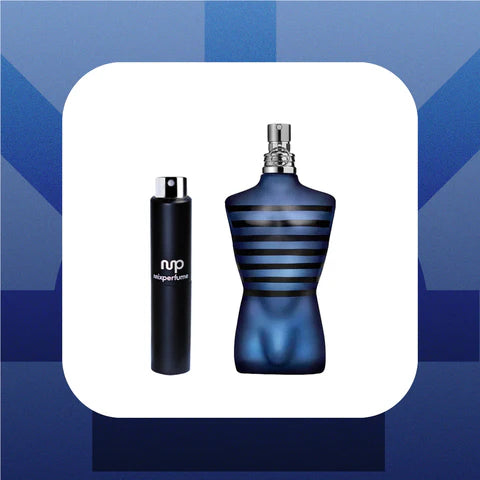Mastering Perfume Layering: A Beginner's Guide
Perfume layering is an art form that allows individuals to create a unique, personalized scent by combining different fragrances. This creative process can result in a truly one-of-a-kind aroma that reflects personal taste, mood, and individuality. Here's a beginner's guide to mastering the art of perfume layering, including tips and techniques to get started.

Understanding Perfume Layering
Perfume layering involves applying two or more fragrances on top of each other to create a custom scent blend. The concept is similar to mixing ingredients in a recipe, where the combined effect is more complex and nuanced than any single component.
Benefits of Perfume Layering
- Personalization: Create a scent that's uniquely yours, different from what anyone else is wearing.
- Versatility: Adapt your fragrance to your mood, the season, or the occasion.
- Enhanced Scent Profile: Layering can enhance the depth, longevity, and sillage of your fragrance.
How to Layer Perfumes
1. Start with a Base
Choose a base scent that is relatively linear and not too overpowering. This fragrance will set the tone for your layered scent. Musky, woody, or vanilla-based perfumes make excellent bases due to their longevity and depth.
2. Add Complexity
Select a second fragrance that complements or contrasts with your base scent to add complexity. Floral, citrus, or spicy fragrances can introduce a new dimension to your base, creating an interesting olfactory experience.
3. Experiment with Ratios
The key to successful layering is finding the right balance between the scents. Start with a lighter application of each fragrance and adjust the ratio based on your preference and the strength of the scents.
4. Apply Strategically
Apply the heavier, base scent first, allowing it a moment to dry down before adding the second fragrance. Consider applying the fragrances to different pulse points to see how they interact with your body chemistry.
4 Tips for Successful perfume Layering
- Test on Skin: Fragrances can smell differently on paper than on skin. Always test your layered combination on your skin.
- Consider Scent Families: Fragrances within the same scent family (e.g., floral, woody, oriental) often layer well together.
- Be Mindful of Intensity: Balance stronger scents with lighter ones to avoid overwhelming combinations.
- Keep Notes: When you find a combination you love, make a note of it for future reference.
Conclusion: A Personal Scent Journey
Perfume layering is a creative and enjoyable way to explore the world of fragrances. By understanding the basics and experimenting with different combinations, you can discover new dimensions to your favorite scents and express your individuality through a personalized fragrance blend. Remember, there are no rules in perfume layering—only guidelines to help you find what works best for you.








Leave a comment